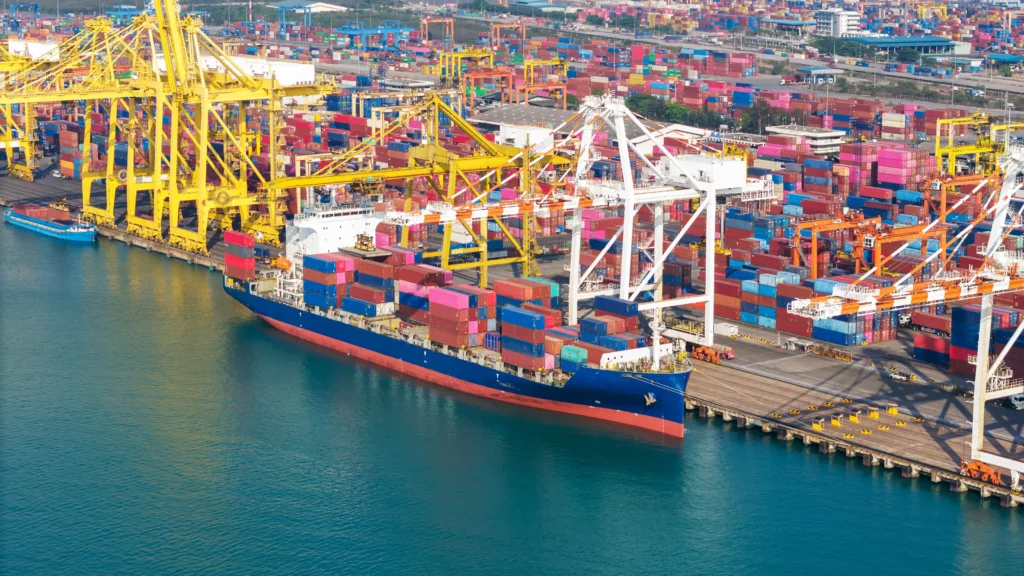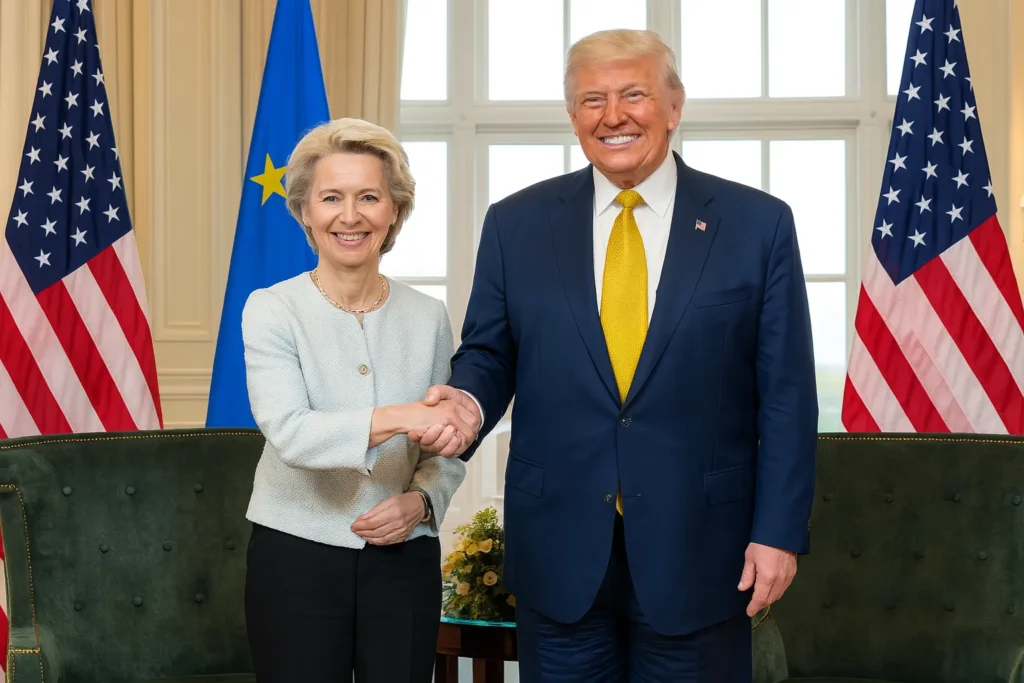The announcement came via a letter posted on Saturday on Trump’s social media platform and has triggered an emergency recalibration of EU strategy, with €21 billion in retaliatory tariffs now back on the table.
EU and US trade officials had spent months negotiating a compromise, and believed they had reached an agreement in principle just last Wednesday. That deal included a 10% tariff, five times higher than the pre-Trump average, which EU leaders already described as a “painful” but tolerable outcome. The shift to a 30% tariff marked a sharp departure from what European leaders had expected based on ongoing negotiations
In the letter addressed to Commission President Ursula von der Leyen, Trump wrote that the US had “decided to move forward, but only with more balanced and fair TRADE,” citing longstanding grievances over the EU’s “Tariff, and Non-Tariff, Policies and Trade Barriers.”
He described the resulting trade deficit as “a major threat to our Economy and, indeed, our National Security!”
Trump said the 30% tariff was “far less than what is needed to eliminate the Trade Deficit disparity” and warned that “if for any reason you decide to raise your Tariffs and retaliate, then, whatever the number you choose to raise them by, will be added onto the 30% that we charge.”
He also encouraged European firms to move production to the US to avoid the tariffs altogether, promising that “we will do everything possible to get approvals quickly, professionally, and routinely — In other words, in a matter of weeks.”
The letter framed the move as an invitation for the EU to join “the extraordinary Economy of the United States, the Number One Market in the World, by far.”
Trump added that if the EU agreed to “complete, open Market Access to the United States, with no Tariff being charged to us,” the US would “perhaps, consider an adjustment to this letter.”
The move comes despite signs of progress. A €21bn EU retaliatory package, targeting US exports such as chicken, motorcycles, and clothing, had been prepared earlier this year but was suspended ahead of the now-defunct 10% deal.
On Sunday, Commission President Ursula von der Leyen confirmed that the EU would delay those tariffs until “early August” in the hope of salvaging talks.
“We have always been clear that we prefer a negotiated solution with the US. This remains the case,” she said. However, she warned that the EU “will take all necessary steps to safeguard EU interests, including the adoption of proportionate countermeasures if required.”
EU trade ministers are meeting today (July 14) at a pre-scheduled summit, now dominated by the tariff crisis. While some member states are reportedly in favour of a quick framework deal modelled on the UK’s, others want to hold out for more favourable terms, fearing that yielding to pressure now could weaken the EU’s long-term position.
The August 1 deadline also affects Mexico, which received a nearly identical letter from Trump. Reuters reports that similar threats were sent to 23 other trading partners, including Canada, Brazil and Japan, with tariffs ranging between 20% and 50%.









